You’re running late for an appointment and hit a traffic jam. Or maybe someone cuts you off. How do you respond? Driving can be stressful, but feeling angry when behind the wheel could lead to aggressive driving, distracted driving or even an accident.
What Is Road Rage?
Aggressive driving can take many forms, like tailgating, weaving and speeding. It happens a lot: One survey found that nearly 80 percent of drivers expressed significant anger or aggression behind the wheel at least once over the course of the prior year. The consequences can be serious: Aggressive driving played a role in 56 percent of fatal crashes over a five-year period, according to one analysis.
Here’s what to know about road rage, including tips on staying calm and what to do when confronted with an aggressive driver.
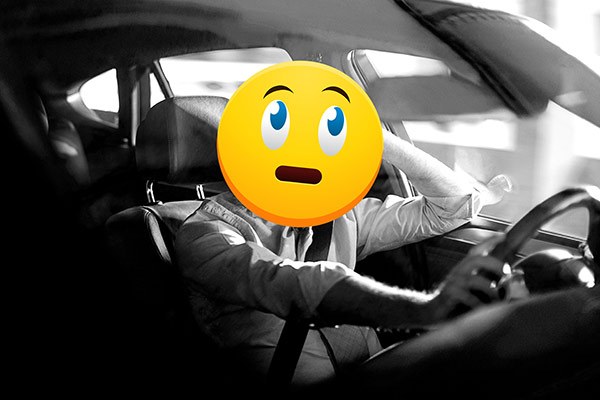 Road Rage Factors
Road Rage Factors
Here are some common factors that often contribute to road rage incidents or aggressive driving behavior.
- Traffic delays
- Heavy traffic, sitting at stoplights, looking for a parking space or even waiting for passengers can increase a driver’s anger level.
- Running late
- Running behind for a meeting or appointment can cause drivers to be impatient.
- Anonymity
- If drivers feel that they probably won’t see other drivers again, they may feel more comfortable engaging in risky driving behaviors like tailgating, cutting people off, excessive honking or making rude gestures.
- Disregard for others and the law
- Some drivers may think the rules don’t apply to them.
- Habitual or learned behavior
- For some drivers, aggressive driving may be the norm.
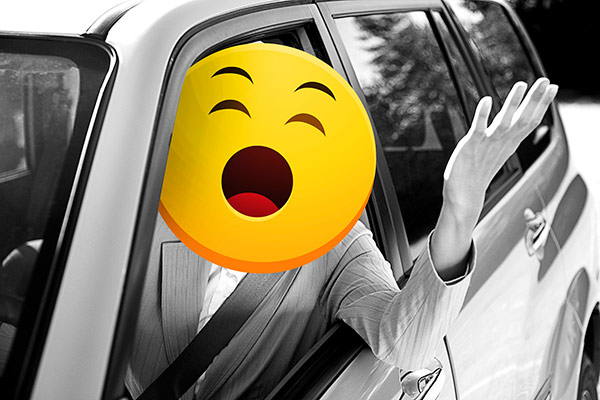 Most Common Forms Of Road Rage
Most Common Forms Of Road Rage
- Tailgating
- Yelling
- Honking in anger
- Making angry gestures
- Trying to block another vehicle from changing lanes
- Cutting off another vehicle on purpose
- Getting out of the vehicle to confront another driver
- Bumping or ramming another vehicle on purpose
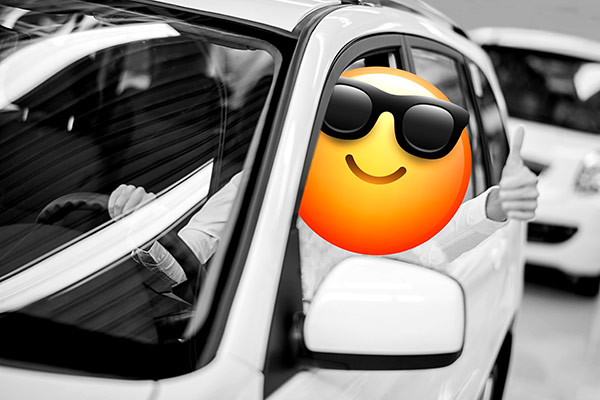 How to Avoid Road Rage
How to Avoid Road Rage
Make sure you have the right car insurance policy to protect yourself from aggressive drivers or if you find yourself the victim of a road rage incident.
Before You Get Behind The Wheel
- Don’t rush. Give yourself time to get where you’re going; you’re less likely to become impatient and take unnecessary risks.
- Cool off. If you’re upset, take time to calm down.
What To Remember When Driving
- Give other drivers a break. If someone is driving slowly, keep in mind they might be lost.
- Use hand gestures wisely. Keep gestures positive—say, waving to a driver who lets you in when merging.
- Don’t tailgate. Always keep a safe distance from the car in front, no matter how slowly they might be driving.
- Lay off the horn. Honking out of frustration won’t solve any problems; it will just increase the stress level for everyone on the road.
- Don’t stop to confront another driver. Stopping could lead to a dangerous situation for everyone.
If Another Driver Acts Aggressively
- Stay away. Safely change lanes, gradually slow down or even exit the highway to keep a safe distance from the aggressive driver.
- Don’t reciprocate. Ignore the temptation to respond to the other driver; it could cause the situation to escalate. Don’t make eye contact.
- Don’t stop. Stopping could lead to a person-to-person confrontation, which could be dangerous.
- Watch your back. If you’re worried that the other driver is following you, keep your doors locked and drive to the nearest police station.
Taking a defensive driving course could help you stay safer on the road; it could also qualify you for a discount on car insurance. Search for a course near you at geico.com.
Read more: Distracted Driving: Here’s Why You Should Pay Attention
Sources 1 National Highway Traffic Safety Administration 2 AAA Foundation For Traffic Safety 3 Insurance Information Institute

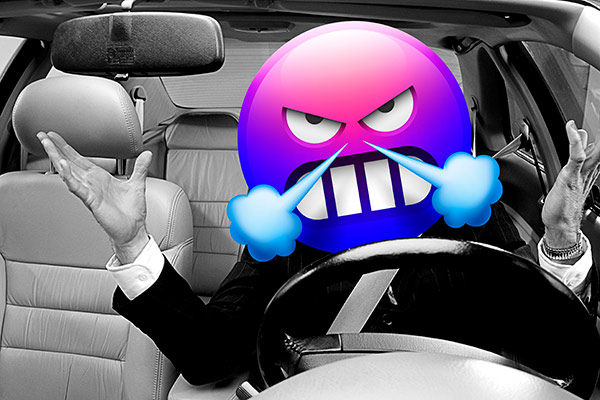

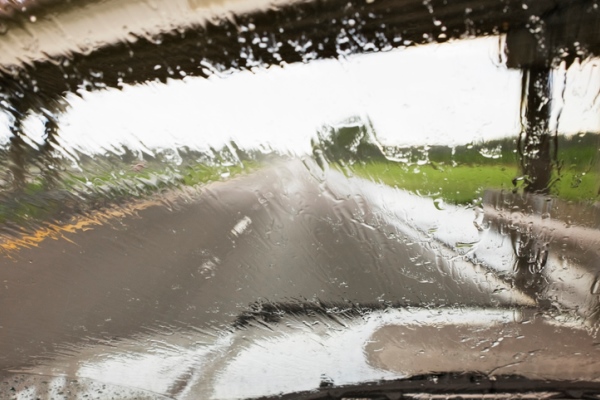
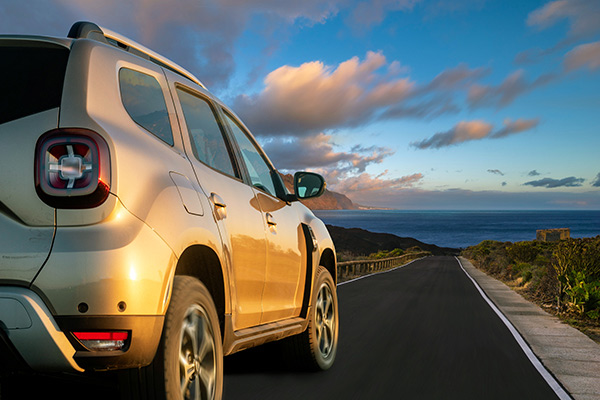
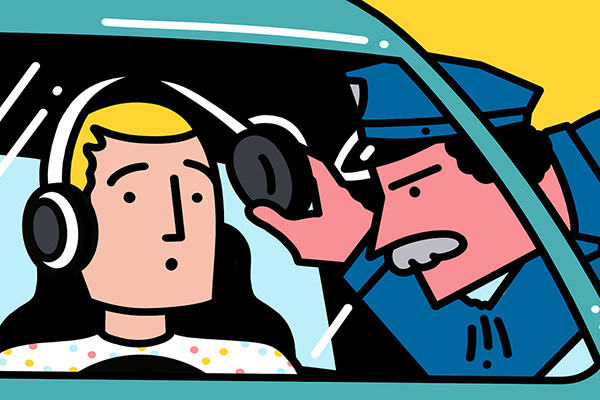
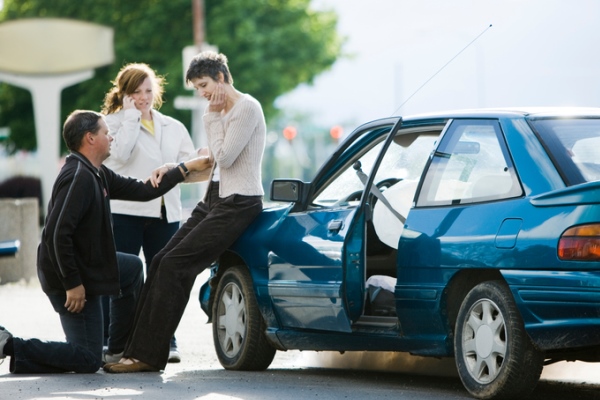

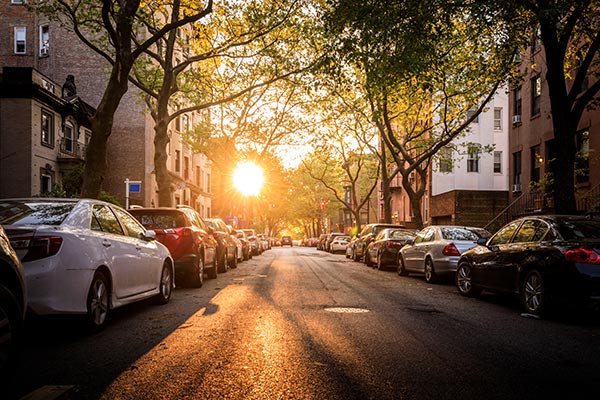
mike fl says,
I live in Florida and I drive for a living, I drive mostly on the interstates and toll roads and I have seen a lot of accidents and about 90% were caused by a slow driver in the PASSING lane. When you drive slow in the left lane you are NOT making the roadway safer its just the opposite, When you have multiple cars behind you, just get over, its NOT your job to slow them down let the police take care of that and you can laugh at them as you pass them pulled over down the road. A good practice is if someone is behind you regardless of your speed just get over when you can and there would be no road rage.
Beep Beep says,
Slow does not equal safe. Some of the worst drivers on the road, think they can improve by slowing down, they are usually in front of me. If there is no one in front of you move to the right to allow the flow of traffic. I stay to the right as a default, regardless of whether I can see anyone behind me. Oh yeah, and put down the phone. Use the left lane for passing.
Dave says,
What do you suggest as an “I’m sorry” gesture?
Roz Rolle says,
Hang up the phone, put down the texting device, and drive the darn vehicle they way it was intended.
Thomas C. says,
Educate SLOW drivers to move out of the passing and fast lanes and stop trying to be in control of the faster drivers…speed up when you are trying to get around them.
MOST ROAD RAGED WILL STOP if we can implement these rules.
Thanks.
David A says,
Yes, I used to slam on the brakes when some one tail gated me. Now I realize it will make the already angry driver even madder, not the best situation. Now I just pull over.
Linda Julius says,
I was the receiver of road rage a short time ago! A red truck came up behind me tailgating and blowing his horn continuously! Then he pulled in front of me cutting me off, then driving real slow. No matter What lane I was in he followed me. I was forced to speed to get away from him! This was a very frightening experience for me! I never knew what I did to provoke him or maybe nothing!
Art Schwartz says,
I think many people who drive slow in the passing lane or do not move for several seconds when the light turns green are stoned on Pot or other drugs. Also people do not realize that they have a turn signal and everyday I have to be just about be a mind reader to determine when these idiots start to change lanes without a turn signal and would have hit my car if I did not take avasive action or honk my horn to warn them Not to hit my car.
h says,
Please describe the “apology” gesture. I would love to know what this is so I can use it. I have had people honk at me when I am approaching a LEFT HAND turn lane or a LEFT EXIT . Sometimes one cannot help being in the left lane, even if for a little while if you need the upcoming exit.
Jerry says,
Another point that can lead to “road rage” besides remaining in the left lane whenever YOU are driving slower than the person behind you, is lack of using a turn signal. So many people don’t use a turn signal until THEY have already created a problem.
Simple advise… ALWAYS use your turn signals or don’t drive!
Shiloh says,
Thanks, Everyone! What I also think that can cause some frustration, is when drivers are taking their time to merge into traffic on the highway. When a driver is about to get on the highway, either speed-up and get into the line of traffic or get on the highway somehow as soon as possible. Don’t ride the ramp til the end, and then decide to get into traffic. This causes the other drivers to now have to slow down and halt traffic to let them in, and this can cause an accident. I do understand that some ramps are short and the other drivers may have to be courteous to let others in, but for the most part, I’ve experienced where drivers don’t pay attention and realize it’s time to get on, so “move over, here I come”. Please pay attention, and get into the swing of traffic, and clear the ramp. Happy Driving!
Len Currry says,
I was hit a while ago and now have a dash camera. I picked it up from Amazon, not too expensive its called the black box. It will make you more aware of your driving.
Fred says,
If driver education classes and driving shhools emphasized that driving is a social process and everyone needs understand this. We all need to use the roads and get along with each other while doing it.
AdWhois says,
I call on this stat: “A firearm is involved in 37% of aggressive driving incidents”
vick says,
Change the law, for each lane to the left, increase the speed limit by 5 in addition to the speed limit and reinforce that law….
John Saunders says,
Even in the absence of a change in the law, I like to keep such a progression in speeds, from the right lane (doing the speed limit if conditions permit), to each lane to the left doing 5 mph faster.
This means that a lane change requires only a change in speed by 5 mph, either higher or lower.
Of course, there also has to be enough _room_ to change lanes, which is a different question.